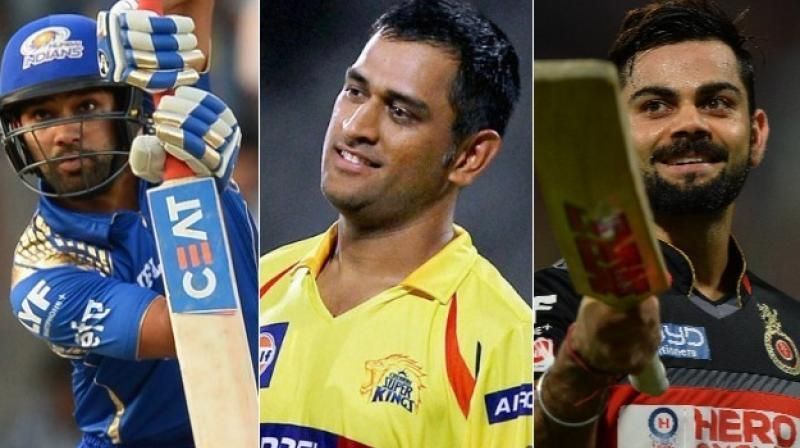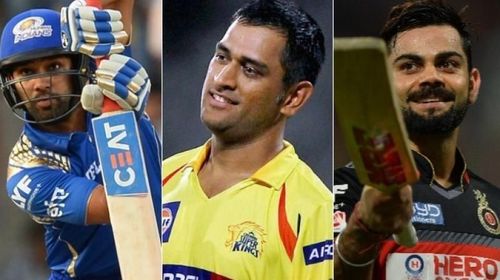
IPL 2018: 7 major changes in the IPL over the years

Nothing is permanent in life except change, and the IPL is no exception. Over the years the Indian Premier League has evolved into an unparalleled brand across the globe. It has undergone several changes in its decade-long history.
These changes have actually taken the league to new heights and it is now the most viewed cricket league in the world.
The IPL gained global popularity within a very short span, thanks to the quality of cricket and mainly some of the innovative changes. Let us now look at some of the major changes that the league has undergone as it successfully enters its second decade.
#1 The Strategic Timeout

The timeout rule was introduced during the second edition of the IPL in 2009, which was played in South Africa. It was a seven-and-a-half-minute long break in the middle of the innings during that season.
But owing to widespread criticism, the duration of the time-out was reduced to two two-and-a-half minutes intervals from the 2010 edition of the IPL, which received a huge appreciation from the franchises.
It is essential to evaluate and change the strategy mid-way through the T20 games if needed since each and every ball has a definite impact on the game’s outcome.
While the bowling side can ask for this break at the end of 6th, 7th, 8th or 9th over, the batting side can opt for timeout at the end of the 13th, 14th, 15th or 16th over. A curious fact about the strategic timeout is that mostly when a bowling side opts for their time-out, they tend to find a breakthrough in the very next over.